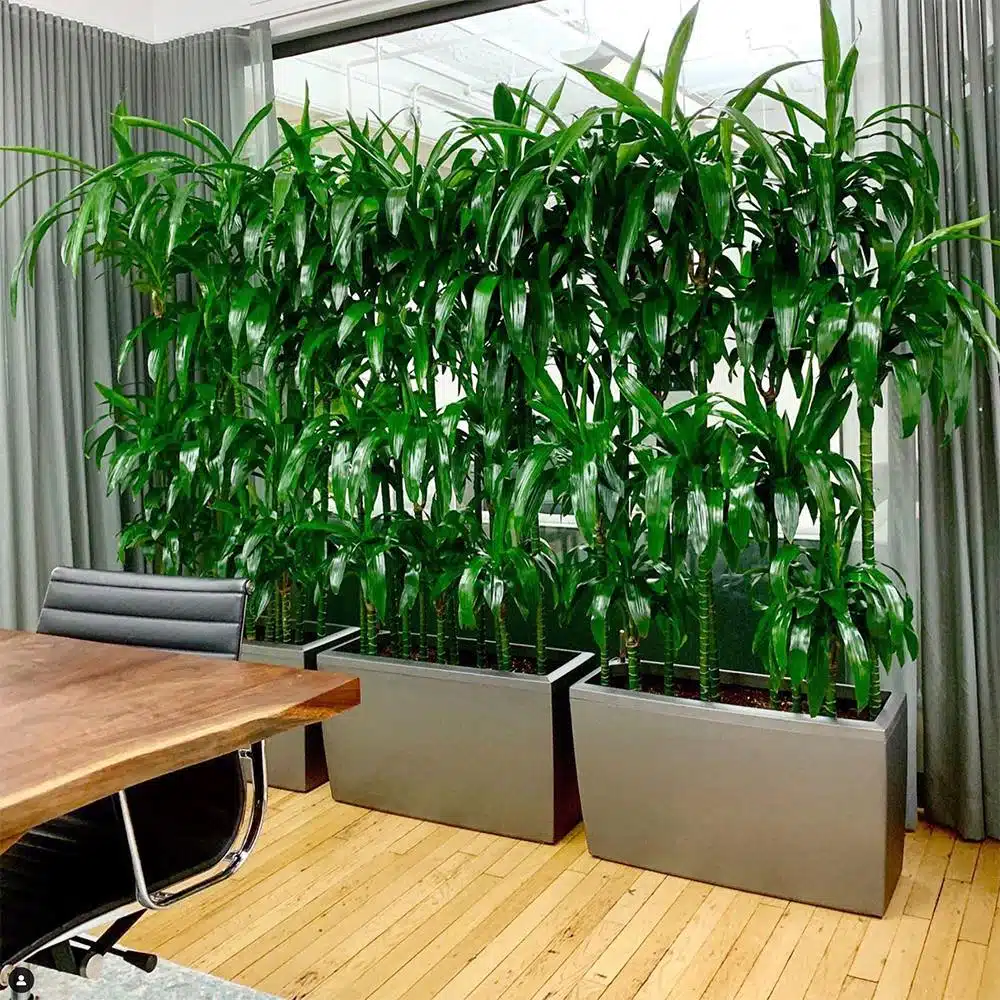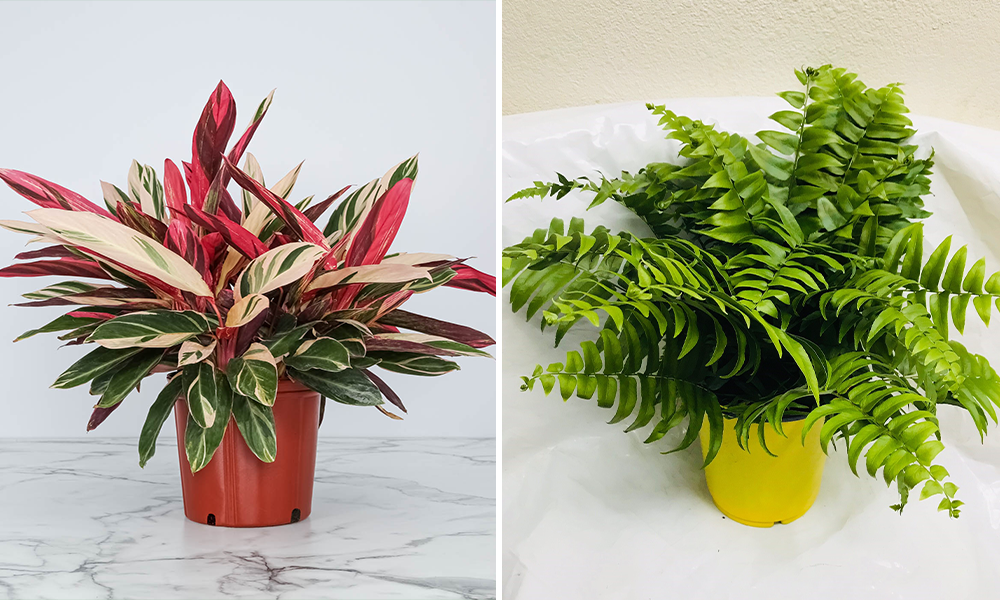The Best Low-Light Indoor Plants for Beginners and Busy Plant Owners
The Best Low-Light Indoor Plants for Beginners and Busy Plant Owners
Blog Article
Discover the Distinct Benefits of Low-Light Indoor Plants for Your Living Room
Integrating low-light indoor plants into your living room uses a wide variety of benefits that expand much past simple appearances. These sturdy plants not only prosper in atmospheres with limited sunshine but also offer important functions such as air filtration and humidity enhancement.
Air Filtration Advantages
Low-light indoor plants not only improve the visual charm of living spaces yet likewise play a considerable role in air filtration. Research study has actually demonstrated that particular plant types can properly eliminate common interior pollutants, including benzene, formaldehyde, and trichloroethylene. These substances typically rise from family items such as furniture, cleansing items, and building materials, adding to indoor air top quality problems.
Plants such as the snake plant, pothos, and tranquility lily are specifically proficient at filtering system harmful compounds from the air while prospering in low-light conditions. The procedure of phytoremediation, wherein plants take in and metabolize toxins, allows these varieties to contribute significantly to a healthier interior setting. In addition, through photosynthesis, plants release oxygen, even more improving air top quality.
Incorporating low-light indoor plants into home or office areas not only supplies visual benefits but also functions as a functional technique for enhancing air high quality. By choosing the ideal varieties, individuals can create an environment that promotes well-being and reduces exposure to hazardous pollutants, making these plants a crucial component in modern-day interior living.

State Of Mind Enhancement Results
Countless research studies have actually revealed that integrating indoor plants can considerably enhance state of mind and total mental well-being. The presence of plant in indoor environments has actually been connected to decreased stress levels, raised sensations of calmness, and boosted psychological health. Low-light interior plants, particularly, prosper in environments where all-natural light is limited, making them perfect for numerous living areas.
Study indicates that interacting with plants can promote the release of serotonin, a neurotransmitter related to feelings of joy and wellness. In addition, the act of taking care of plants fosters a feeling of duty and achievement, further adding to positive mental wellness results. Low-light plants such as serpent plants, pothos, and tranquility lilies have been revealed to improve air high quality, which is intrinsically linked to state of mind improvement.
Incorporating these plants right into your home or office can produce a serene atmosphere, providing a sensory and aesthetic getaway from the hustle and bustle of every day life - Best low-light indoor plants. As people invest enhancing quantities of time inside, the mood-enhancing effects of low-light indoor plants end up being even a lot more vital, offering not only aesthetic charm yet additionally a profound influence on emotional health
Reduced Upkeep Requirements
For those seeking to enhance their indoor spaces without a considerable time dedication, low-light indoor plants are an excellent choice due to their low maintenance requirements. These resilient plants thrive in less-than-ideal lighting conditions, making them excellent for homes and workplaces where all-natural sunshine is restricted.

Pest resistance is another advantage of low-light indoor plants. Lots of ranges are less at navigate to this site risk to typical pests, lowering the requirement for constant surveillance and intervention. These plants generally grow much more gradually than their high-light counterparts, suggesting less constant repotting and pruning are essential.
Aesthetic Charm and Convenience

In addition, these plants can be prepared in myriad means, whether in teams for a rich effect or as standalone features to attract the eye. The selections of planter styles-- from sleek ceramic pots to rustic wood containers-- better improve their aesthetic value, allowing property owners to express their individual style.
Additionally, low-light plants can be strategically placed in locations that may or else really feel overlooked, his response such as edges or poorly lit racks, thus optimizing their ornamental potential. Inevitably, the mix of their striking appearance and convenience makes low-light indoor plants a valuable enhancement to any living room, producing an inviting atmosphere that advertises wellness and relaxation.
Boosted Humidity Degrees
Enhancing interior humidity degrees is among the substantial benefits of integrating low-light interior plants into living rooms. These plants naturally launch moisture vapor with a procedure understood as transpiration, which takes place when water taken in by the origins relocates with the plant and vaporizes from the fallen leaves. This process not only raises humidity however additionally contributes to a much healthier indoor environment.
Better moisture levels can minimize various health and wellness concerns, such as dry skin, breathing issues, and allergic reactions. Many individuals experience pain in dry interior conditions, especially throughout winter season when heating unit remain in use. By tactically putting low-light plants throughout your home, you can develop an extra balanced humidity level that fosters general wellness.
Additionally, specific low-light indoor plants, like peace lilies and crawler plants, are specifically efficient at enhancing humidity (Best low-light indoor plants). Thus, low-light indoor plants offer both visual and functional functions, promoting a much healthier ambience.
Verdict
In summary, low-light interior plants provide numerous benefits that contribute to a much healthier and a lot more welcoming living area. Incorporating these resistant plants into interior settings not only boosts the ambiance however likewise advertises overall well-being, developing a serene sanctuary for citizens.
Plants such as the snake plant, pothos, and peace lily are especially click resources experienced at filtering system dangerous materials from the air while thriving in low-light conditions. Low-light plants such as snake plants, pothos, and peace lilies have been shown to enhance air high quality, which is inherently connected to state of mind enhancement.
Low-light indoor plants, such as snake plants, pothos, and ZZ plants, not only improve the visual landscape of a space however likewise present different structures and tones of eco-friendly that can match diverse interior styles. These plants normally launch wetness vapor with a process understood as transpiration, which happens when water absorbed by the roots moves via the plant and vaporizes from the fallen leaves.Additionally, specific low-light indoor plants, like peace lilies and spider plants, are particularly effective at raising moisture.
Report this page